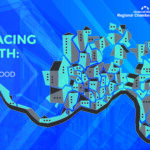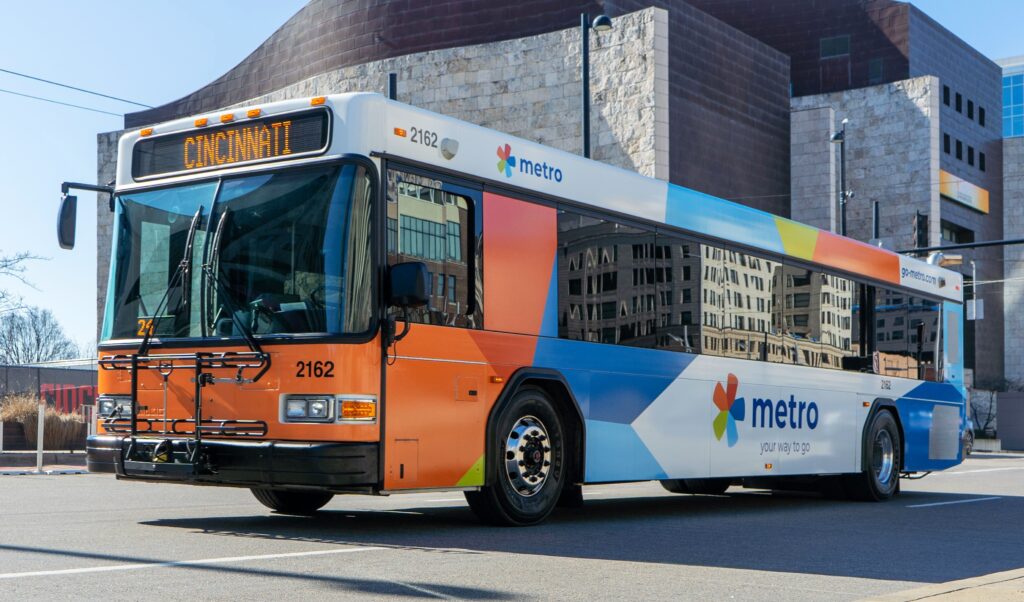1911 – 2006
Dr. Richard W. Vilter always knew he wanted to follow in the footsteps of his father, William Frederick Vilter, to enter medicine.
Family lore has it, at the ripe age of 4, he would whiz around the neighborhood on a three-wheel bicycle, telling neighbors, “I’m going on a labor case.” Looking back, Vilter said of his childhood aspirations to be a doctor, “I never had any other thought in my mind. It was as simple as that.”
Richard W. Vilter was born March 21, 1911.
That passion and commitment for helping and healing others led a more mature Vilter to launch the Hematology-Oncology Division of the Department of Medicine at the University of Cincinnati in 1948, when there were few similar divisions in the U.S. The UC College of Medicine now officially recognizes Vilter’s career as “The Vilter Era” and touts that the “the golden age of internal medicine” in Cincinnati began in 1937, when Vilter began his internship at Cincinnati General Hospital.
A native Cincinnatian, Vilter was strongly influenced by an English teacher at Hughes High School, who helped the ambitious student earn a $500 Cincinnati Harvard Club scholarship to Harvard University, covering his full tuition.
“That colored my whole life and gave me a whole expansion that I would never have had experienced if I stayed in Cincinnati,” he said.
Following graduation from Hughes in 1929, Vilter ventured off to Harvard with a promise to his father he would return to Cincinnati and join him in practice. Vilter’s father died of leukemia before he could fulfill his promise. “That’s what got me started in blood diseases,” Vilter recalled. His father’s legacy could not have had a better tribute.
Following graduation from Harvard Medical School in 1937, Vilter earned an internship at Cincinnati General Hospital, specializing in internal medicine. In 1940 he was named senior resident in medicine at Cincinnati General, and, in 1941, he became chief medical resident at Cincinnati General.
He served as the founding director of the Division of Hematology from 1948-56, and concurrently served as assistant director of the Department of Internal Medicine from 1952-56. He also acted as a consultant in nutrition to the U.S. Surgeon General from 1950-53.
In 1956 he was named the Gordon and Helen Hughes Taylor Professor of Medicine and director of the Department of Internal Medicine at UC, posts he held until 1978.
From 1981 until the present, he has served as the Gordon and Helen Hughes Taylor Professor Emeritus of Medicine, continuing teaching and consultation work in internal medicine and Hematology-Oncology.
During his career, Vilter has traveled the world practicing medicine. In 1954 he acted as a temporary consultant for the United Nations’ World Health Organization in Egypt, and in 1955 traveled to Guatemala and Panama for the Pan American Sanitary Bureau. From 1965-75 he served as chair of the National Advisory Committee’s Malnutrition Research Center in Thailand.
He is a member of the Medical Heritage Library Board at the UC College of Medicine. He has served as a member of numerous medical advisory boards, study sections and committees. Vilter is a former national president of the American College of Physicians and a former Ohio Chapter ACP governor. He served as a regent and president of the ACP/American Society of Internal Medicine (1971-81); was the first president of the American Society of Clinical Nutrition in 1960; and was a vice president of the American Clinical and Climitalogical Association (1965-66 and 1982-83). He was also president of the Cincinnati Society of Internal Medicine (1958-59).
In 1999, a Richard W. and Sue P. Vilter Professorship in General Internal Medicine was established and funded through the generous contributions of Vilter’s former medical students postgraduate trainees, friends and colleagues, patients and the Department of Internal Medicine.
In 2002, the Ohio Chapter of ACP honored Vilter with its Laureate Award, honoring those who have demonstrated an abiding commitment to excellence in medical care, education or research, and in service to their community.
Vilter received numerous other awards including: the Joseph Goldberger Award for Outstanding Contributions in the Field of Nutrition from the American Medical Association; the Dan Tehan Humanitarian Award/Physician of the Year from the National Foundation March of Dimes; the Daniel Drake Medal awarded for “major and lasting contributions to the UC College of Medicine and national and international reputation in his field”; the UC College of Medicine Golden Apple Award; the UC Award for Excellence; and the Medical Foundation of Cincinnati’s Daniel Drake Humanitarian Award.
Vilter’s one regret was not being able to share the Great Living Cincinnatian award with his late wife Sue, who spent 70 years at his side, including fishing for muskies on their honeymoon. She died in August of 2003.
In 1990 Vilter lost his son, Richard W. “Bill” Vilter Jr., who was head of the Language Arts Department at UC’s University College, a college which was dedicated to taking students with high IQs but poor motivation and preparing them for a college career.
Reflecting on his career, the East Walnut Hills resident said, “I helped create a background for what you see now going on at the Medical Center. Cincinnati has gone from a street-car college of medicine to a world-order college of medicine.
“It has made tremendous growth and progress and it’s a wonderful feeling to have a small part in that,” he added. “Being part of the growth of Cincinnati has been exceedingly gratifying. I wouldn’t want it any other way.”
Dr. Vilter died August 2006 at age 95.




